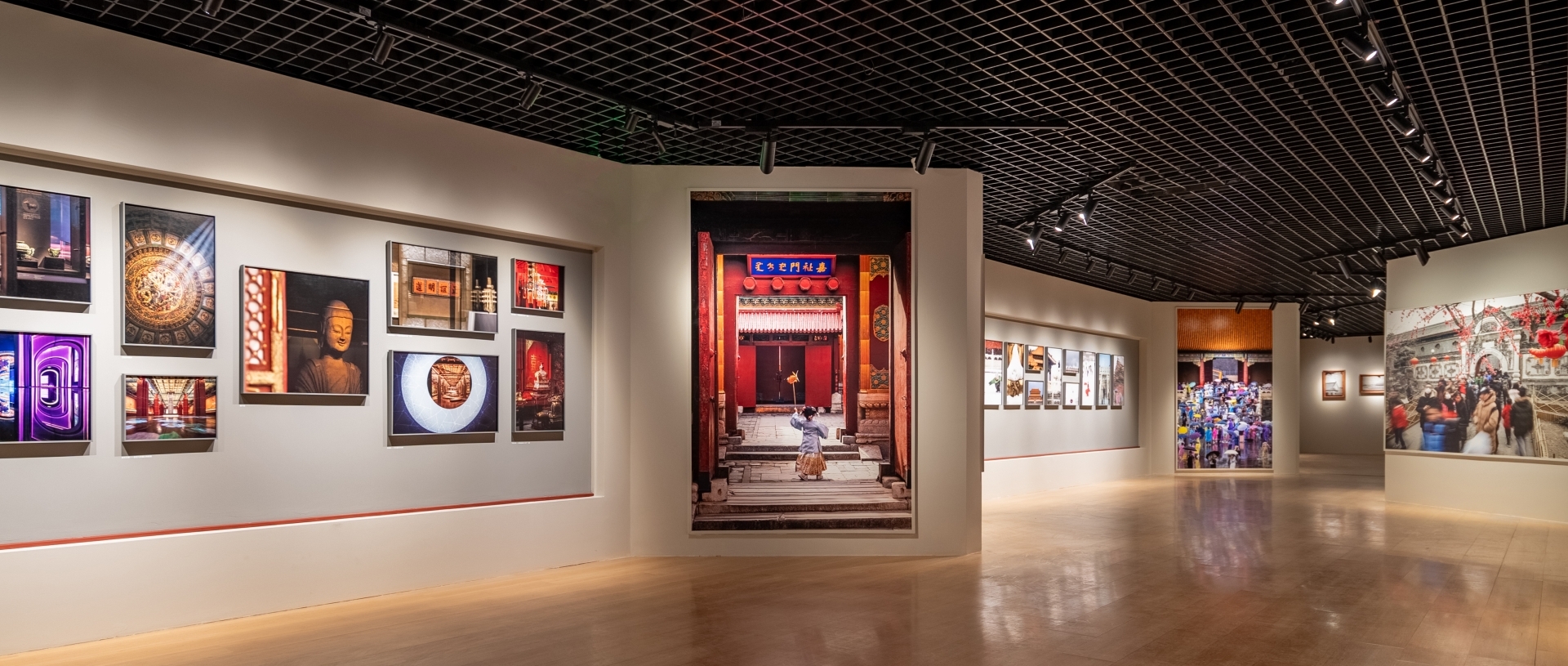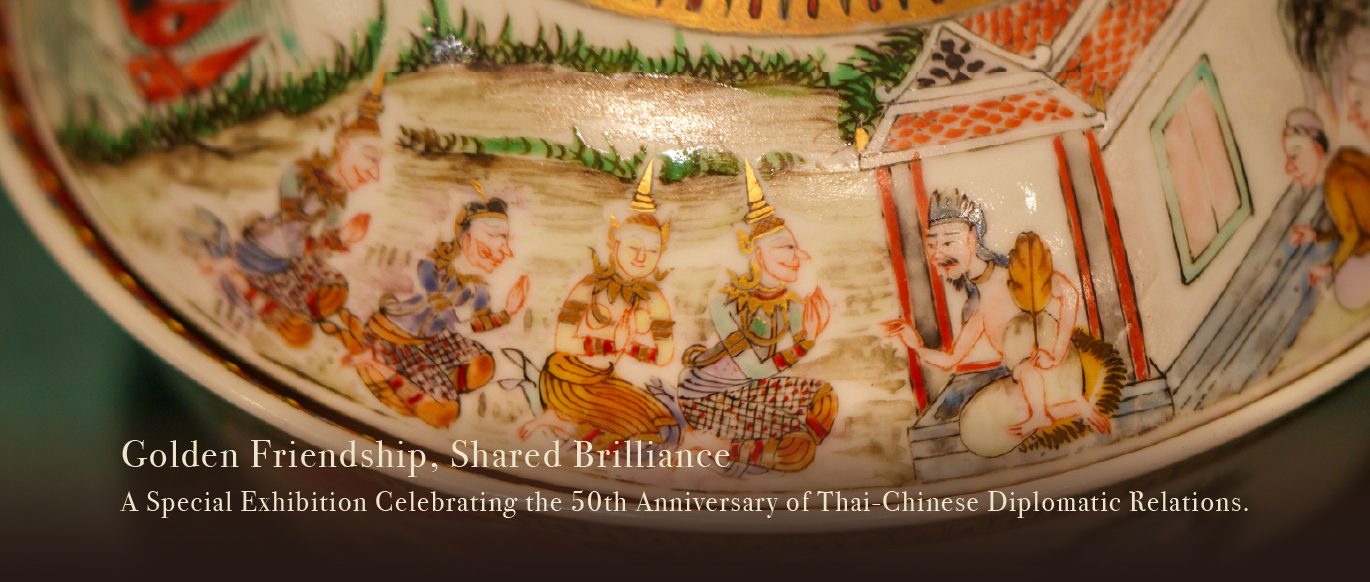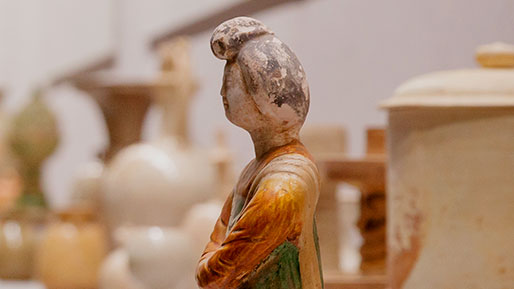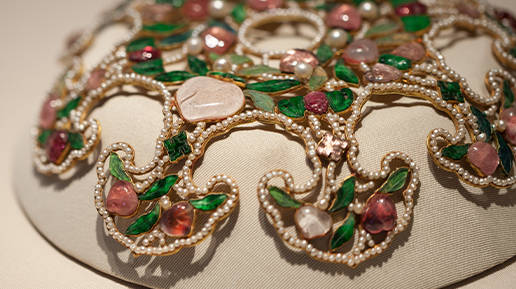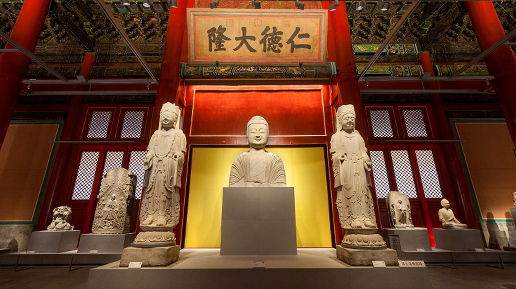Admission: free with general admission ticket

“National Color, Heavenly Fragrance: Peonies in the Forbidden City” is an exhibition of peonies jointly presented by the Palace Museum and the municipal government of Heze, Shandong Province. Beginning on April 30, 2019, seventy types of peonies are displayed throughout the Palace of Compassion and Tranquility (Cining gong), Palace of Compassion and Tranquility Garden (Cining gong huayuan), Palace of Longevity and Health (Shoukang gong), and the courtyard of the Gate of Eternal Faith (Changxin men).
Traditionally, the peony (mudan) has been considered the representative flower of China. Known by several Chinese names (including mushaoyao, bailiangjin, and fuguihua), the flowering plant has abundant foliage and large blossoms. Chinese people have long treasured the flower for its elegance and auspicious representation of national prosperity. Recognized as the “King of Flowers,” the peony also represents a love for life and beauty. Appreciating peonies has been a pastime for centuries. In the sixty-first year of the Kangxi reign (1722), the soon-to-be Yongzheng Emperor (r. 1723–1735) introduced the twelve-year old Hongli (the future Qianlong Emperor, r. 1736–1795) to his grandfather (the Kangxi Emperor, r. 1662–1722) among an array of blooming peonies.
Throughout Chinese history, various artists from imperial clansmen and court officials to calligraphers and commoners have enjoyed and depicted the flower in a variety of ways. The Yongzheng Emperor described peonies in a poetic verse that exclaimed its unrivaled status under heaven. The blooming plants were an indispensable part of court daily life and social etiquette and a high-point in the quotidian existence of imperial subjects. The imperial family appreciated the flowers in their many cloistered gardens and imperial residences. The Imperial Garden (Yu huayuan), Belvedere of Prolonged Spring (Yanchun ge), Palace of Compassion and Tranquility (Cining gong), and may other areas of Forbidden City were accented with the flower. The flowers were often induced, fumigated, and covered with elaborate tents or pavilions to extend the blooming season.
The city of Heze in Shandong Province was called Caozhou in ancient times and has a time-honored reputation for the cultivation of peonies. Consequently, the peonies of Caozhou are considered the best under heaven. Around the mid-Ming period (Ming dynasty, 1368–1644), the empire’s primary peony cultivation was divided between Bozhou in Anhui Province and Caozhou. In the Qing dynasty (1644–1911), the area of Caozhou became the national center for peony cultivation, and the governor of Shandong presented peonies from Caozhou as tribute to the Qing court until 1764 (the twenty-ninth year of Qianlong).
In 2012, the China Flower Association (Zhongguo huahui xiehui) named Heze “China’s Peony Capital.” On November 26, 2013, during an inspection tour of Heze, General Secretary Xi Jinping specially surveyed the city’s peony industry and expressed his high expectations. This display of Heze peonies at the Palace Museum is a comprehensive exhibition of Heze’s modern flowers and the associated culture and industry and an implementation of General Secretary Xi Jinping’s directive for the development of the peony industry.
This year’s floral exhibition is divided into four sections—“Introduction”, “Praise”, “Creation”, and “Appreciation”. The first section, “Introduction”, is presented with ten decorative pillars with poetry about peonies from the Tang (618–906), Song (960–1279), Ming (1368–1644), and Qing periods. The second section, “Praise”, uses floral arrangements themed “Compassion” (ci), “Tranquility” (ning), “Longevity” (shou), and “Health” (kang) to describe and praise the five-thousand year old Chinese tradition of filial piety (xiao) at the heart of the construction of the Palace of Compassion and Tranquility. The third section, “Creation”, has a large display of peonies, intangible cultural heritage, and related culture that allows visitors an opportunity to learn about the development of the peony industry. The final section, “Appreciation”, is educational with a range of scientific facts and seventy varieties of peonies—including rare yellow, black, green, and white peonies—displayed around the central pond and pavilion in the Garden of the Palace of Compassion and Tranquility (Cining gong huayuan). The exhibition also includes a multimedia gallery outfitted with interactive digital features.
Translated and edited by Adam J. Ensign and Zhuang Ying



